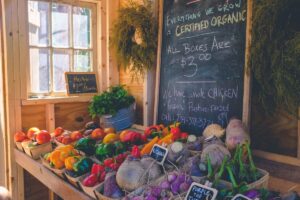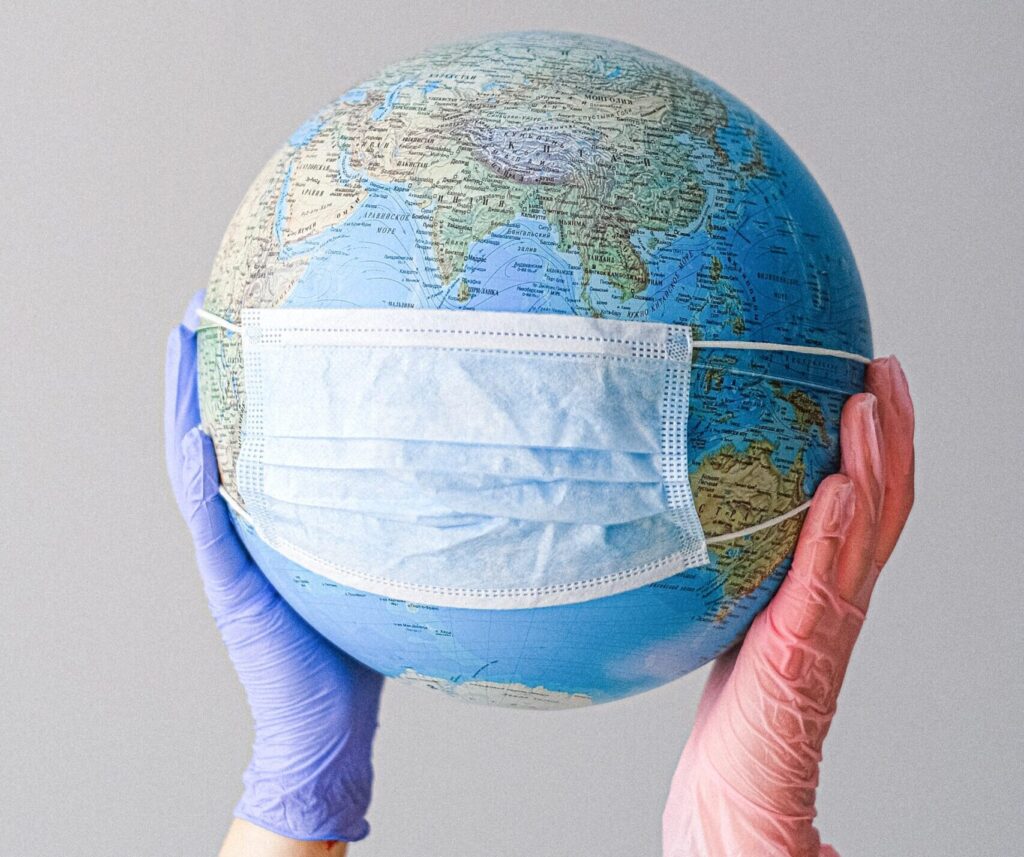Hi readers, welcome back to our two-part series on the global food system. In our previous newsletter on creating a more sustainable food system, we wrote about regenerative farming as a way to feed 10 billion people by 2050 while reducing carbon emissions. But how do we know if farming practices are truly regenerative to the planet and people? And what is the true cost of our food, if we take into account the externalities such as soil degradation and biodiversity loss?
On-farm Sustainability and Efficiency
Organizations such as the Sustainable Food Trust are working to develop an internationally recognized framework that enables farmers and land managers to measure, assess, and communicate on-farm sustainability through a common set of sustainability metrics.
And agriculture is getting smarter, with ag tech startups offering solutions to help farmers do more with less. AGTools, for instance, harnesses real-time data to enable farmers to maximize crop, increase profits, and reduce waste, while enhancing decision-making for retailers. Tulaa, with the aim of levelling the playing field for small-holder farmers in Africa, uses mobile technology and artificial intelligence to connect farmers, input suppliers, and buyers in a digital marketplace. Trace Genomics, meanwhile, uses soil science, genomics, and machine learning to help farmers detect diseases in soil and maximize productivity.
As the Netherlands has shown, the combination of technological innovation and political will can sustainably yield “twice as much food using half as many resources”.

Behavior Change and Shorter Supply Chain
The creation of a more sustainable and resilient food system also hinges on changes in mindset and behavior of the consumers. Do we really need strawberries all year round and beef flown in from half a world away? As a result of COVID-19, many countries are already increasing local food supply and consumption. The Redd on Salmon Street in Portland, the U.S., demonstrated how creating a local food hub that facilitates the sharing of resources and infrastructure, while connecting food businesses and chefs with local farmers, can result in the resilience that is needed to help local communities survive crises like COVID-19.
With new developments in food production technologies delivering enhanced traceability, cities may have the potential to act as food production hubs, therefore shortening the food supply chain, reducing the need for packaging and transportation, and reconnecting consumers with growers. To be clear, governments and policymakers should still make sure food continues to be traded globally and openly, as a way to eliminate poverty and ensure food security in low-income countries. There is currently no shortage of food supply in the world; the challenge is getting good-quality, nutritious food from countries with surplus production to deficit ones.
This newsletter is in no way exhaustive in outlining the changes that our food system needs. Other issues we are also pondering include:
- When factory farming is linked with increased emergence of zoonotic diseases, how can we transform the way we produce our food to reduce the risk of a future pandemic like COVID-19?
- While plant-based foods have a lower carbon footprint than meat and dairy and therefore are better for the climate, in our excitement at seeing the blossoming of the alternative meat industry, how do we make sure they go beyond their marketing claims and take a more rigorous approach to measuring and disclosing their carbon footprint?
- In creating a more sustainable food system, we must also ensure that the people who grow, harvest, and process our food, whether they are farmers, migrant or local workers, are protected for their human rights and safety.
- And, for farmers to be able to adapt to climate change, more research and development work, as well as investment, is needed to unleash the potential of “future-fit” crops.

Speaking of food…
Amidst the pandemic and the anti-racism protests in the U.S., the Sikhs, with a tradition of feeding everyone and anyone in need, have been offering food to communities for free.
With a post-virus recovery plan focusing on ensuring affordable housing and jobs, revamping recycling programs, and cutting food waste, Amsterdam is adopting the “doughnut economics” framework created by British economist Kate Raworth in 2012.
For every US$1 spent on food, our society spends double that in health, environmental, and economic costs.
Approximately 10-20% of Africa’s grain, enough to feed 48 million people for a year, is lost due to inadequate storage facilities and transportation. The good news is, some entrepreneurs are working to reduce food loss and upcycle organic waste into biofuels, disinfectants, and fertilizers.



